Applications of Mathematical Heat Transfer and Fluid Flow Models in Engineering and Medicine
Applications of mathematical heat transfer and fluid flow models in engineering and medicine Abram S. Dorfman, University of Michigan, USA Engineering and medical applications of cutting-edge heat and flow models This book presents innovative efficient methods in fluid flow and heat transfer developed and widely used over the last fifty years. The analysis is focused on mathematical models which are an essential part of any research effort as they demonstrate the validity of the results obtained. The universality of mathematics allows consideration of engineering and biological problems from one point of view using similar models. In this book, the current situation of applications of modern mathematical models is outlined in three parts. Part I offers in depth coverage of the applications of contemporary conjugate heat transfer models in various industrial and technological processes, from aerospace and nuclear reactors to drying and food processing. In Part II the theory and application of two recently developed models in fluid flow are considered: the similar conjugate model for simulation of biological systems, including flows in human organs, and applications of the latest developments in turbulence simulation by direct solution of Navier-Stokes equations, including flows around aircraft. Part III proposes fundamentals of laminar and turbulent flows and applied mathematics methods. The discussion is complimented by 365 examples selected from a list of 448 cited papers, 239 exercises and 136 commentaries. Key features: Peristaltic flows in normal and pathologic human organs. Modeling flows around aircraft at high Reynolds numbers. Special mathematical exercises allow the reader to complete expressions derivation following directions from the text. Procedure for preliminary choice between conjugate and common simple methods for particular problem solutions. Criterions of conjugation, definition of semi-conjugate solutions. This book is an ideal reference for graduate and post-graduate students and engineers.
{{comment.content}}
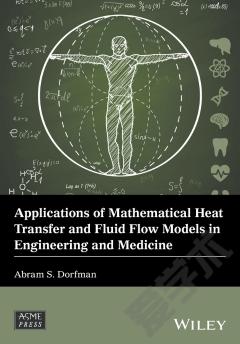
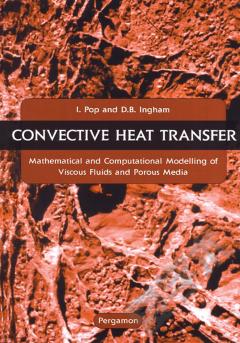

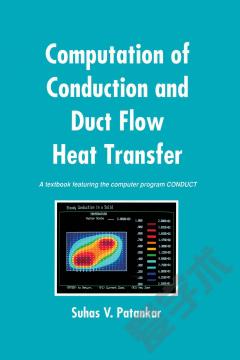
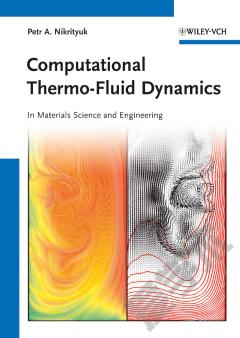
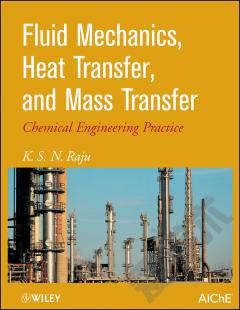
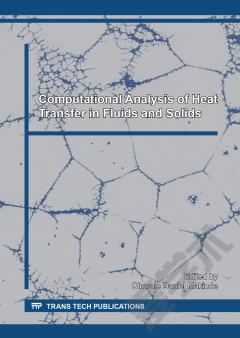

 京公网安备 11010802027623号
京公网安备 11010802027623号